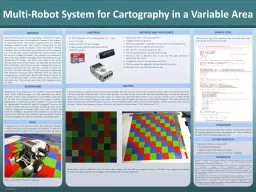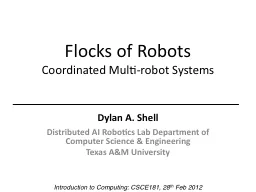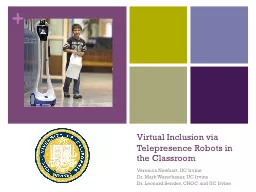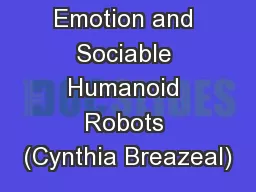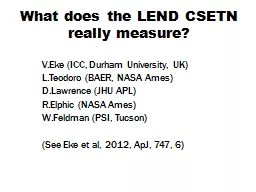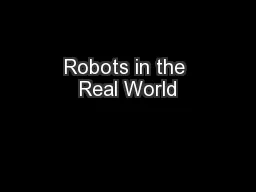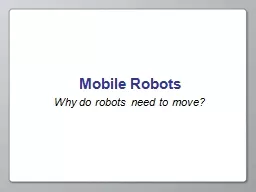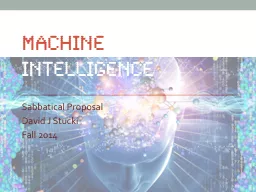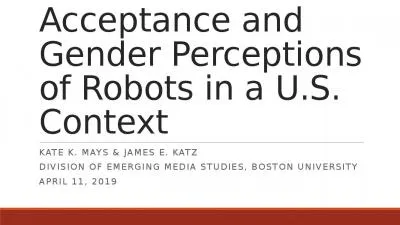PPT-Robots lend themselves well to mapmaking. Any place not ope
Author : yoshiko-marsland | Published Date : 2017-08-24
humans This research was conducted in order to develop a method of mapping carried out primarily by Lego Mindstorms EV3 robots The robots were made to use leJOS
Presentation Embed Code
Download Presentation
Download Presentation The PPT/PDF document "Robots lend themselves well to mapmaking..." is the property of its rightful owner. Permission is granted to download and print the materials on this website for personal, non-commercial use only, and to display it on your personal computer provided you do not modify the materials and that you retain all copyright notices contained in the materials. By downloading content from our website, you accept the terms of this agreement.
Robots lend themselves well to mapmaking. Any place not ope: Transcript
Download Rules Of Document
"Robots lend themselves well to mapmaking. Any place not ope"The content belongs to its owner. You may download and print it for personal use, without modification, and keep all copyright notices. By downloading, you agree to these terms.
Related Documents

